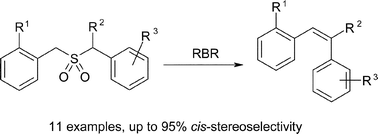Integrastatins display micromolar inhibition of the HIV-1 integrase enzyme, halting replication of the virus. Medicinal chemists are therefore very interested in being able to synthesise these natural products, and their analogues, to investigate potential HIV therapies.
The total synthesis of either integrastatin A or B is yet to be reported, but several groups have reported the synthesis of the tetracycle core, Brian Stoltz and colleagues Caltech being the latest. Their synthesis differs from previous reports by utilising a palladium-catalyzed oxidative cyclization. Their four-step route produces the tetracycle core in 30% overall yield.
This HOT piece of synthesis is free to access for 4 weeks:
A rapid and convergent synthesis of the integrastatin core
Pamela M. Tadross, Pradeep Bugga and Brian M. Stoltz
Org. Biomol. Chem., 2011, Advance Article
DOI: 10.1039/C1OB05725A
You may also like to look at the other reports of the integrastatin core synthesis published in RSC journals:

Jonathan S. Foot, Gerard M. P. Giblin, A. C. Whitwood and R. J. K. Taylor
Org. Biomol. Chem., 2005, 3, 756-763

C. V. Ramana, Challa Nageswara Reddy and Rajesh G. Gonnade
Chem. Commun., 2008, 3151-3153











